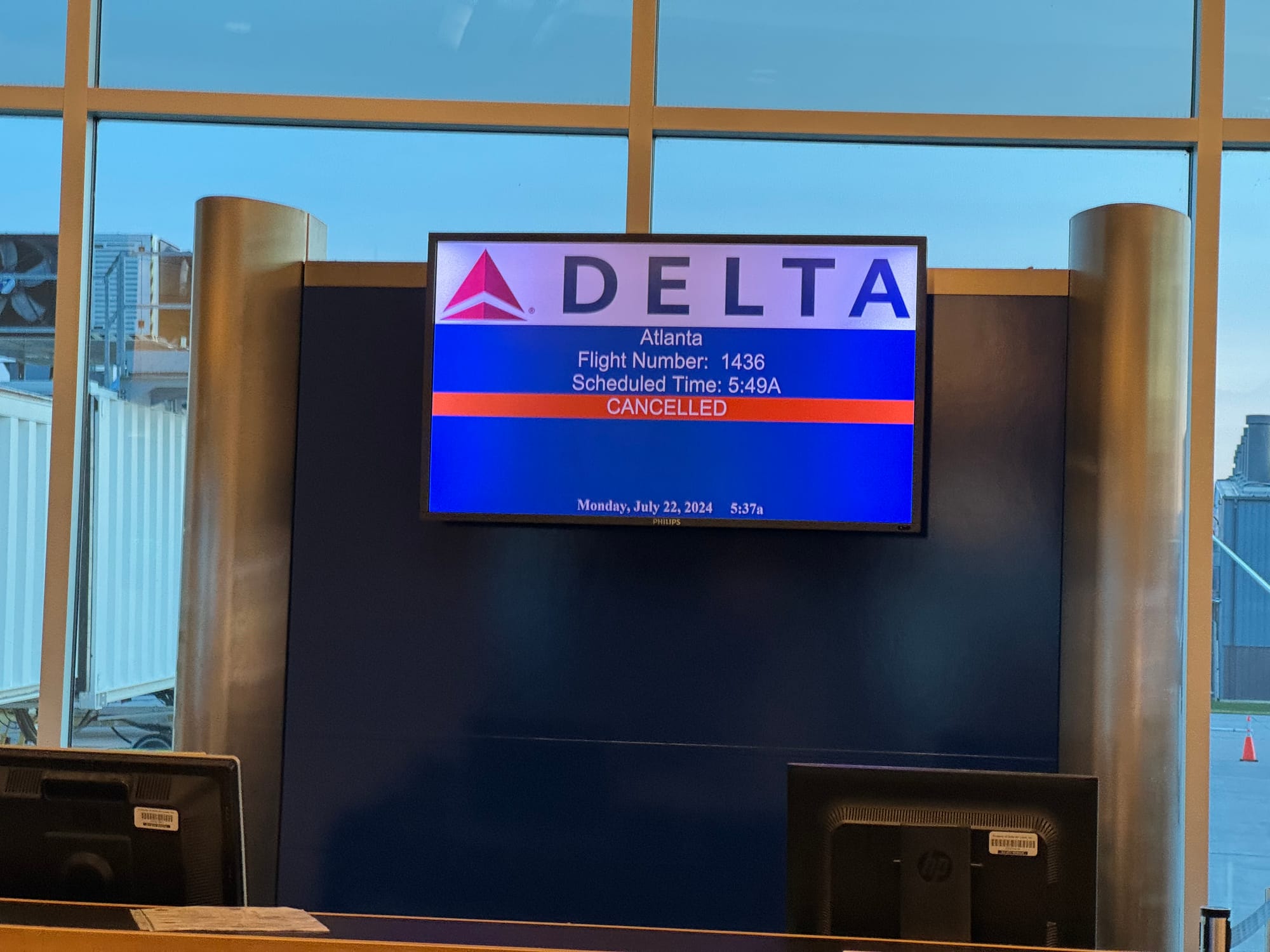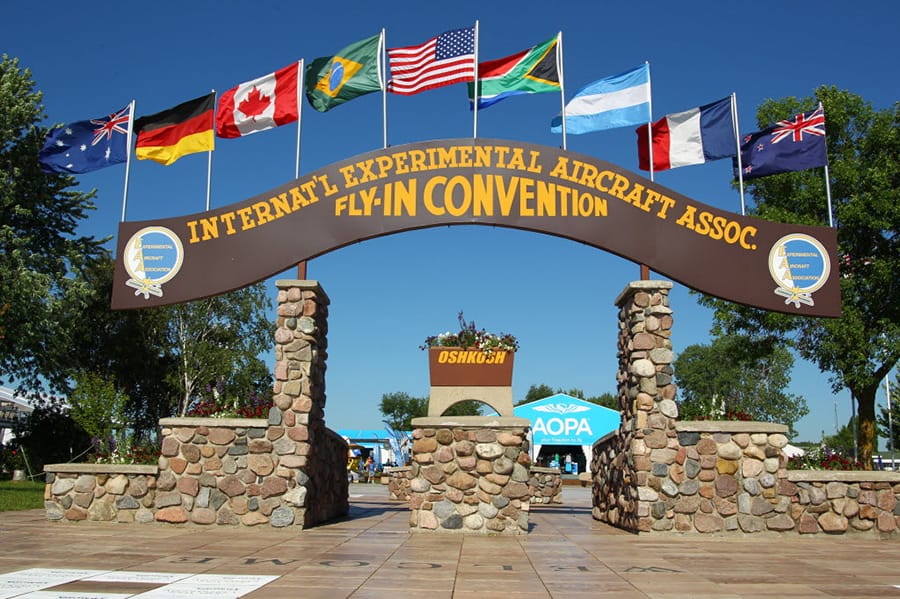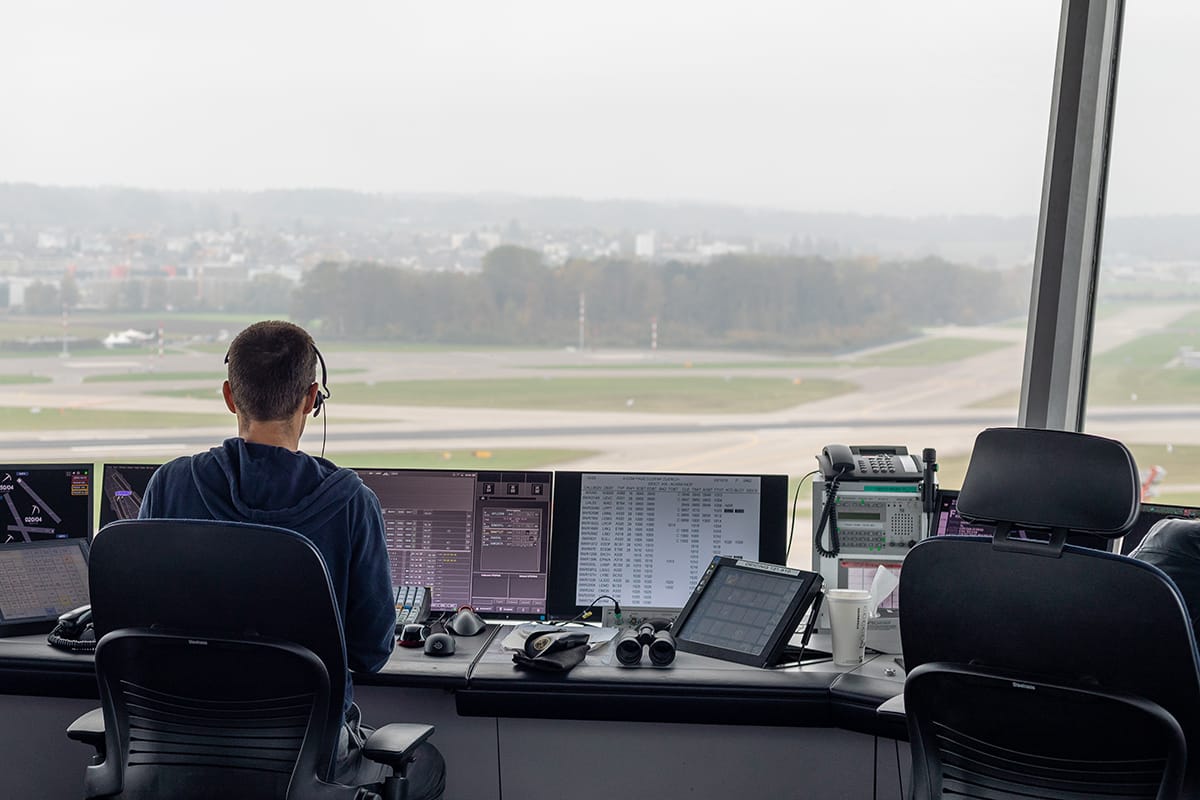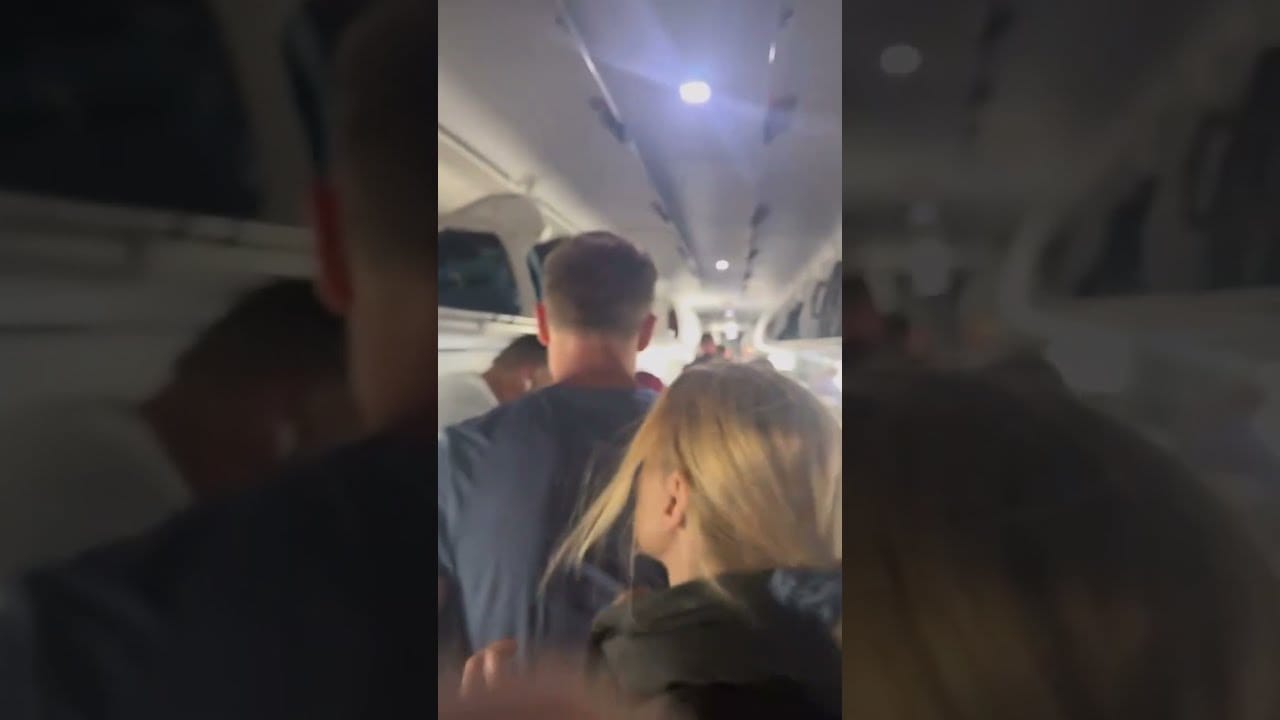Secret Weapon: How Common Cockpits Make Pilots Superheroes
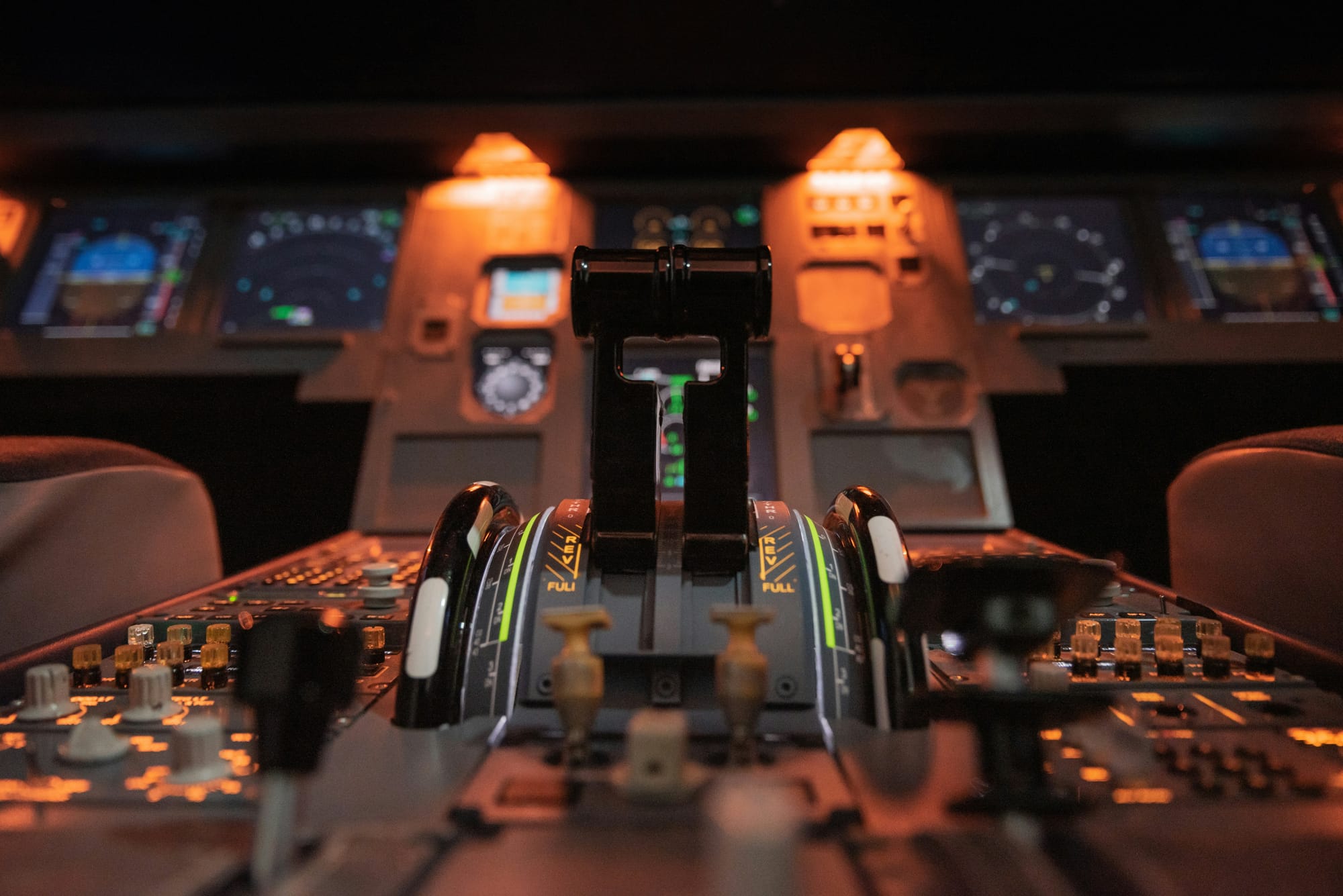
Airbus designed its A320 family (A318, A319, A320, A321) and larger A330, A340, and A350 aircraft with a high degree of similarity in their cockpits. The layout, instrumentation, and basic flight controls are nearly identical. This allows airlines to leverage a concept called a common type rating.
Traditionally, each aircraft model required a separate and lengthy training program to earn a type rating, a pilot's license specific to that model. This meant pilots qualified on a cozy A318 couldn't simply hop into the cockpit of a behemoth A380 without extensive additional training.
However, with a common type rating, pilots who are qualified on one Airbus model can transition to another (like the A330) with significantly less training. This is achieved through differences training.
Bridging the Gap, Not Starting from Scratch
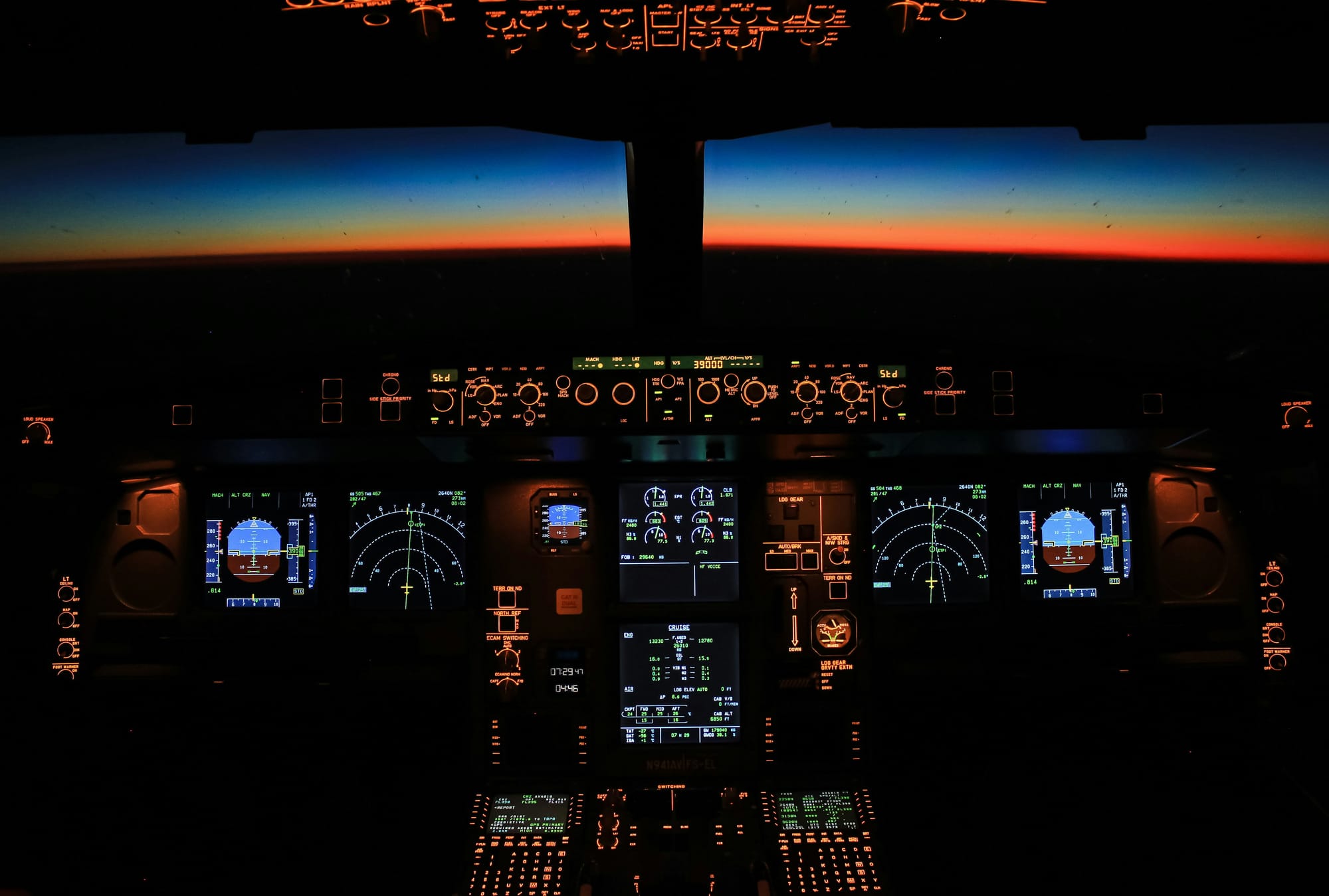
Differences training focuses on the specific variations between the aircraft, rather than a complete overhaul of fundamental flying principles. An A320 pilot transitioning to an A330 will learn about the A330's:
- Larger size and weight: This translates to different handling characteristics during taxiing, takeoff, and landing. The pilot will need to adapt to the A330's increased inertia and potentially different control surface effectiveness. For instance, during landing, the pilot might need to adjust their approach speed and flare technique to account for the A330's greater weight.
- More complex engine systems: The A330 might have different engine types or more of them, requiring familiarization with their specific operation and handling procedures. Compared to the A320's CFM56 turbofan engines, the A330 might be equipped with the more powerful Trent 700 engines, necessitating an understanding of their different thrust characteristics and fuel consumption rates.
- Different takeoff and landing procedures: The A330's weight and wing configuration might necessitate variations in flap settings, approach speeds, or landing gear deployment compared to the A320. Pilots will need to be trained on the A330's specific flap configurations and their impact on lift and drag during takeoff and landing.
- Variations in specific functionalities of certain cockpit systems: While the overall layout might be similar, there could be subtle differences in how certain systems, like the autopilot or flight management computer, function on the A330. For example, the A320 pilot might need to learn how to operate the A330's autothrottle system, which might have additional features or functionalities compared to the A320's version.
This training typically involves classroom instruction, simulator sessions, and sometimes even observation flights. While it's not as extensive as starting from scratch with a completely new aircraft, it ensures pilots understand the A330's nuances and can operate it safely and efficiently.
A Boeing Example: The 757/767 Connection
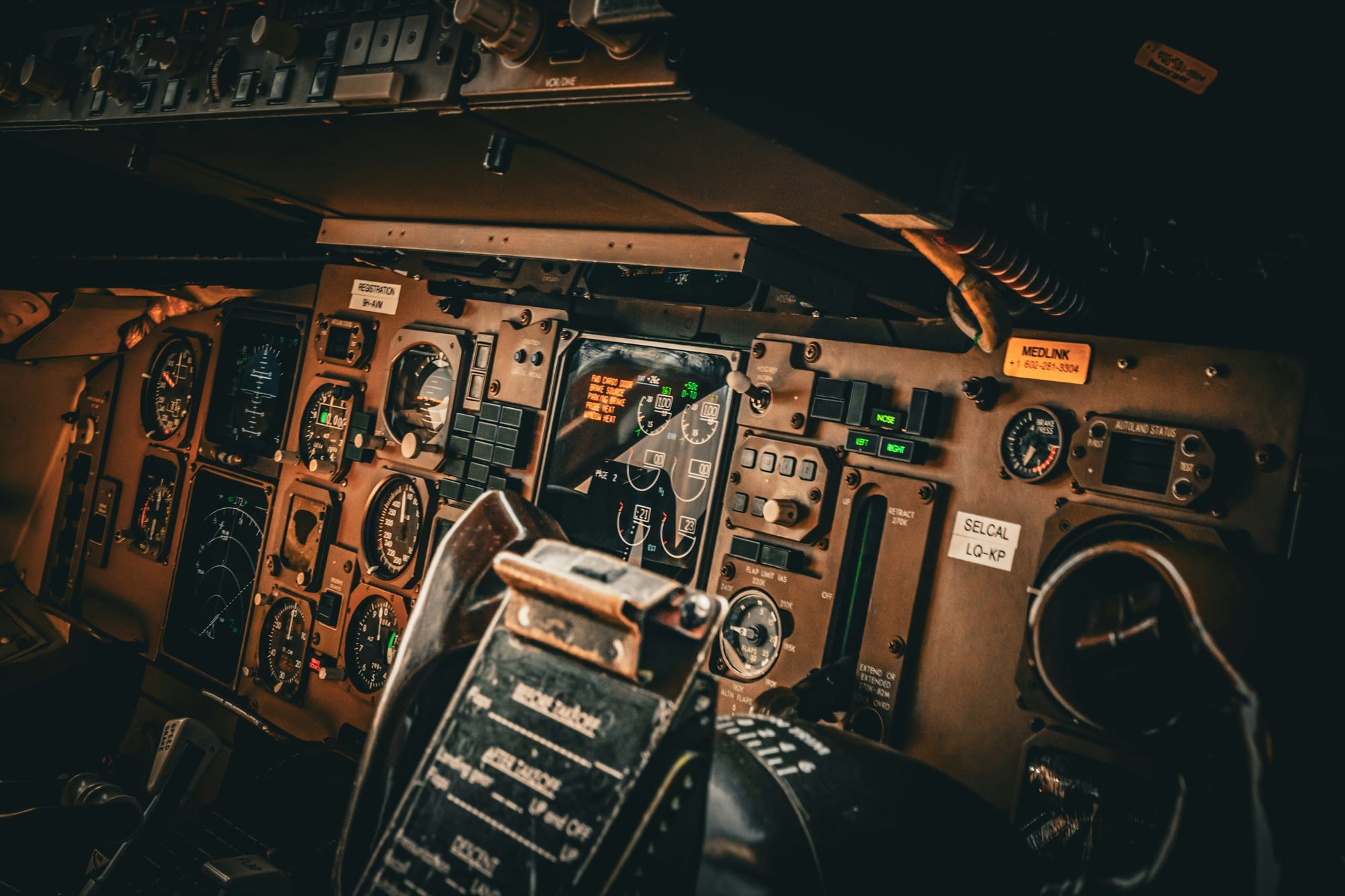
This approach to cockpit commonality isn't unique to Airbus. Boeing also employs it, particularly within the 757 and 767 family. Both aircraft share a similar two-pilot flight deck layout and basic handling characteristics. Pilots qualified on one can transition to the other through differences training, focusing on variations in engine power, landing gear configuration, and other specific systems. For instance, the 767 typically has a more powerful engine option compared to the 757, requiring pilots to adapt to the increased takeoff thrust and handling characteristics.
Beyond Efficiency: A Safety Advantage
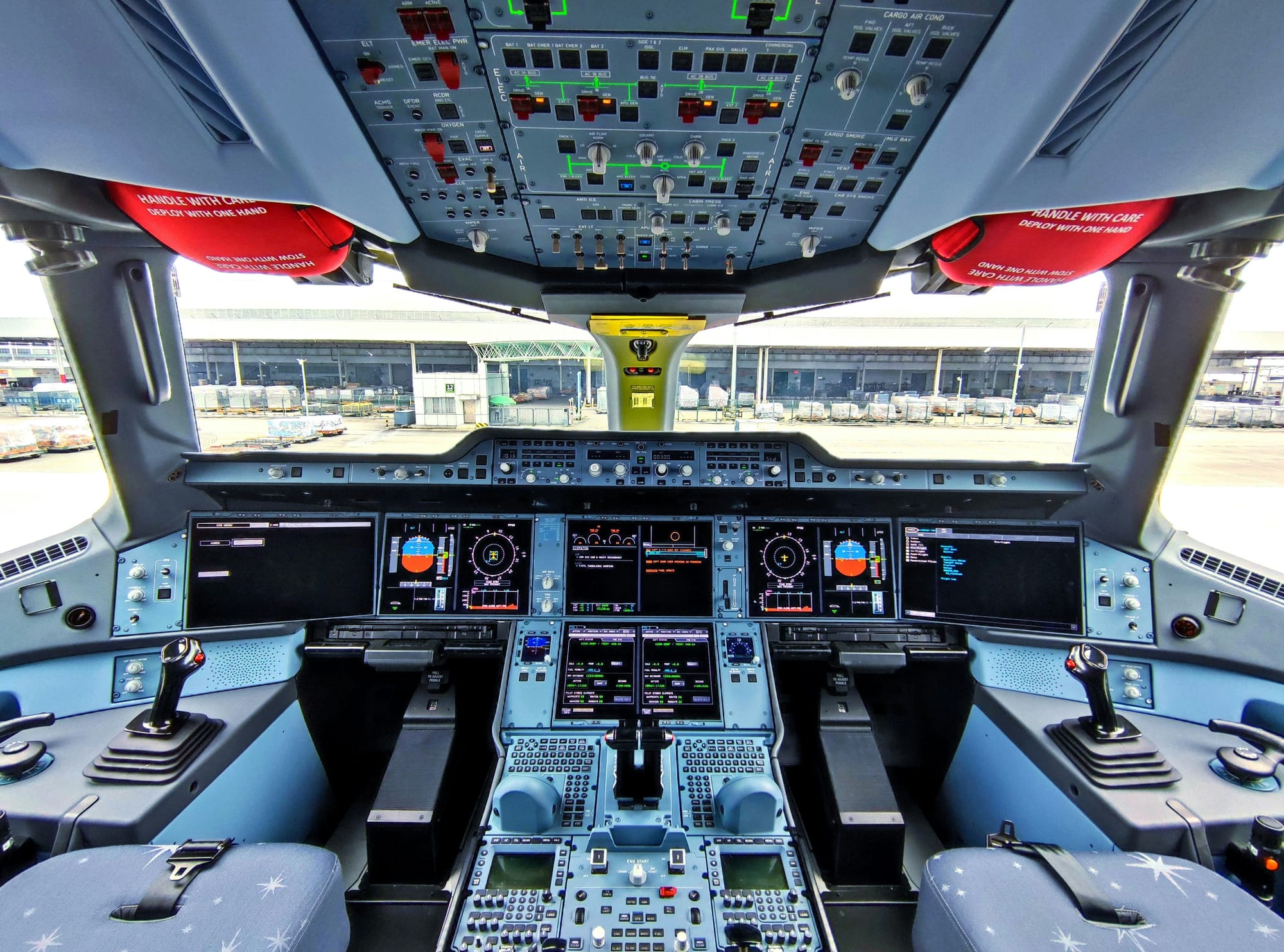
Cockpit commonality offers significant advantages for airlines and pilots alike. Airlines can deploy pilots more flexibly across their fleet, optimizing schedules and crew utilization. Pilots benefit from increased career opportunities and potentially higher salaries due to their broader skillset. Most importantly, this approach promotes safety by ensuring pilots are familiar with the core functionalities of the aircraft they fly, even when transitioning between models.
Imagine a pilot encountering an emergency situation. Their ingrained understanding of the basic Airbus cockpit layout and system operation, honed through commonality training, becomes invaluable in reacting quickly and effectively, regardless of the specific Airbus model they're flying.


